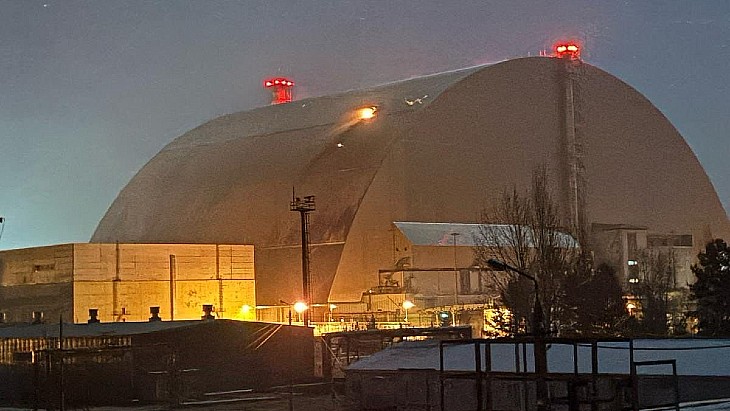Tepco completes Fukushima water storage upgrade
.jpg)
The flange tanks were constructed rapidly after the accident of March 2011 and held contaminated water for some months while treatment systems were brought in and scaled up. Later they held treated water with low concentrations of radioactivity and Tepco switched to constructing welded tanks with a very low risk of leakage.
However, without permission to discharge the water, its management grew to become a significant challenge for Tepco. Currently over 1 million cubic metres of this 'accumulated water' is waiting to be discharged.
In August 2018, the total stock of this in the older flange tanks was stable at 23,000 cubic metres when the transfer to welded tanks began. The process was finally completed on 27 March, except for a portion of water in the base of the tanks which will be removed by other means.
The water was once seawater used to cool the damaged reactor cores at the disaster-hit power plant, during which it picked up a range of radionuclides. Tepco uses a system of several processes to remove radionuclides and desalinate the before storage. Some of the water is been cycled back for cooling to reduce the amount that accumulates.
Previous leaks
In August 2013 some 300 cubic metres of partly treated yet still strongly radioactive water leaked from one of the flange tanks and pooled in a dam built around it before escaping through a rainwater valve. Tepco was able to recover most of the leaked water to other tanks, and there was no evidence the water reached a drainage ditch or the sea.
In October 2013 another leak amounted to about 430 litres. At the time a spokesman said that heavy rain associated with a typhoon had resulted in more water to be managed.









..._58412.jpg)

